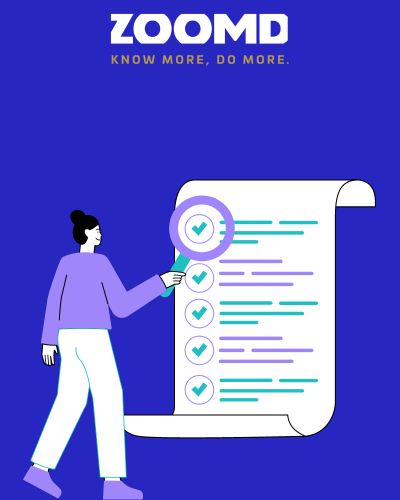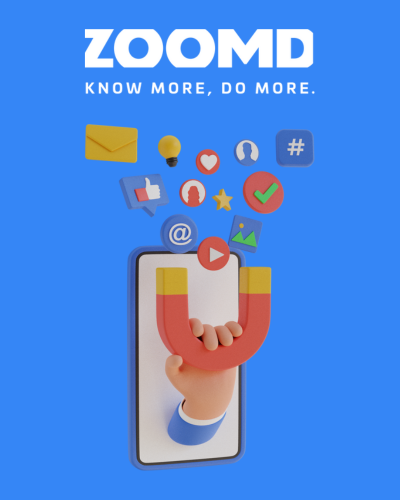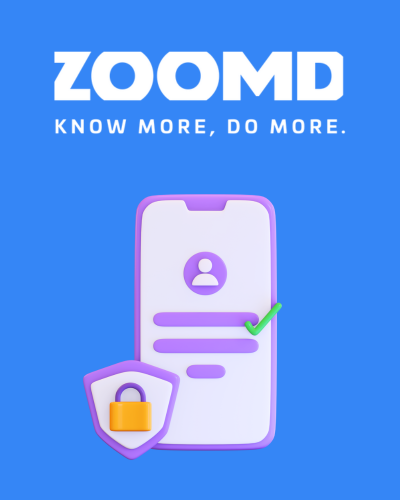Tag archive: Marketing Strategy for an App
-

User Acquisition
The Ultimate Checklist For A Mobile App Marketing Plan You Need to Know
-

Blog
Mobile App Marketing: Strategies for Boosting App Installs and Crafting Effective Campaigns
-

Blog
How to Align Your App Marketing Strategy with Pride Month Values
-

Blog
The Importance of Data Privacy in Online Advertising and Mobile App Marketing
-

Blog
6 SaaS-Selling Tips for the Holiday Season
-

Blog
Essential App Store Optimization Tips for Ranking & Conversions


